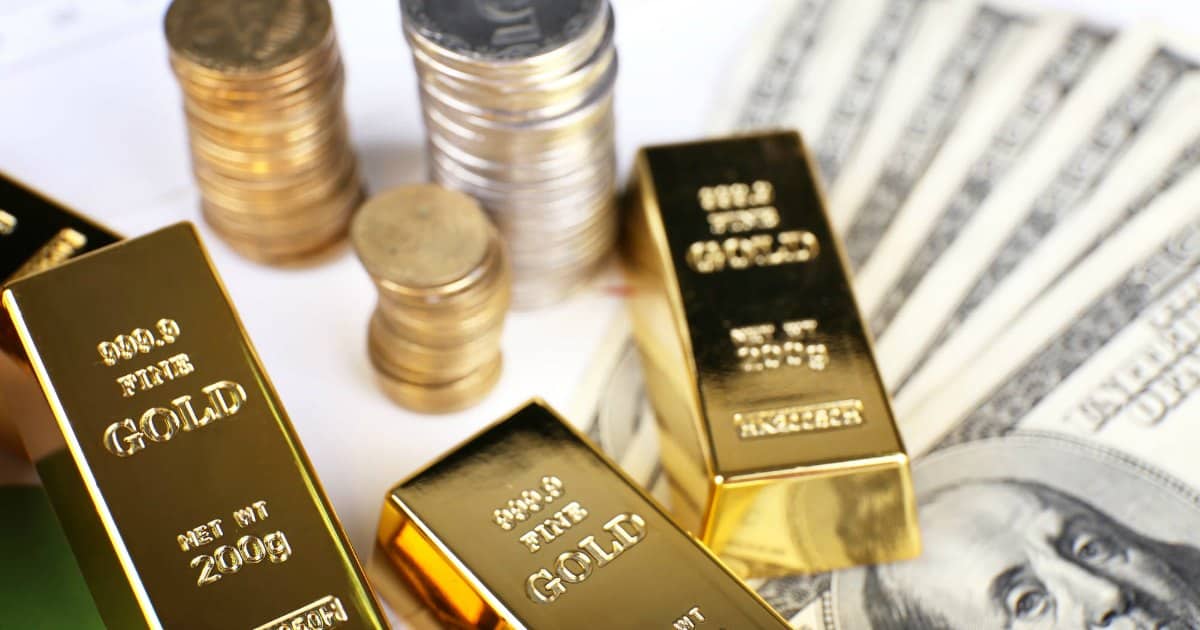Every intelligent investor knows the importance of portfolio diversification. It helps reduce risk and offset the impact of a downturn in a single asset. Precious metals are less volatile and hence are considered safe assets.
If you’re expanding your investment, consider precious metal portfolio diversification. But before that, there are a few facts you should know about investing in precious metals. In this article, learn what you should know about diversifying your portfolio to include precious metal.

Why Are Precious Metals Different from Assets?
Precious metals are valued differently than assets like stocks and bonds. First and foremost, they’re limited and rare in nature. Precious metals like platinum, gold, and silver come from nature. They’re drilled and produced in smaller quantities under strict regulation compared to other metals.
So, the supply is always limited. On the demand side, they always stay in demand because of industrial use and cultural demand. This is unlike stocks, where the supply and demand fluctuate and are driven by multiple factors. Because of this reason, precious metals are considered a different asset class.
Precious Metals are Excellent for Hedging
Whenever other investment instruments fail, investors turn to precious metals to protect their assets. That’s why precious metals are great for hedging.
Hedging allows investors to lock in the price and reduce the exposure to rapid price changes. In an economic downturn, prices tend to fall rapidly. Unprepared investors lose some or all of their investment. But smart investors use precious metals as part of their hedging strategy and save their investment.
Of all the precious metals, gold is considered the best for hedging. Gold’s relationship with the US dollar is directly tied to the US-based gold supply and demand and the dollar’s status in the international market. Historically, a weaker dollar has always boosted gold’s valuation than a drag created by a strong dollar.
Investors who hold gold as part of their diversified portfolio can earn from metal’s increased value when the dollar goes bearish.
Investing in Physical Metals is Not the Only Option
When people think of investing in gold or silver, metal bullions and bars come to mind. These are metals in their purest form. While they’re a great way to invest in gold, there are other options too.
You can invest in precious metals in other ways, some of which are:
- Commodity Exchange Traded Funds (ETFs)
- Common Stock of Mining Companies
- Mutual Funds
- Futures and Options
- Certificates
ETFs exist for all three precious metals: gold, silver, and platinum, and are an easy way to buy and sell gold. You can purchase shares of precious metal mining companies and leverage the price movements just like a regular stock. The same goes for mutual funds.
Futures are for those who want to make bets on metal prices. Certificates allow you to benefit from physical gold without actually ever having to transport or store them. The company issuing certificates does that for you.
Precious Metals are Taxed
If you’re investing in precious metals, know how it’s taxed. In the US, precious metals are considered to be collectibles in the class of art, rare books, and fine wine. The capital gain tax rate for these assets is currently at 28%, significantly higher than any other asset class.
If you hold them for less than a year, the tax rate will be as per the ordinary income rate. The same thing goes for precious metal ETF holders.
There are some close-ended funds where special US federal income tax rates apply. That’s because they’re defined as PFICs or Passive Foreign Investment Corporations. Always learn about the taxation laws of the precious metals you hold.
Precious metals offer a unique and effective way of diversifying your investment. So, consider precious metal portfolio diversification in your next investment strategy. If well managed, they can offer great ROI in both the short and long term.
Leave a Reply